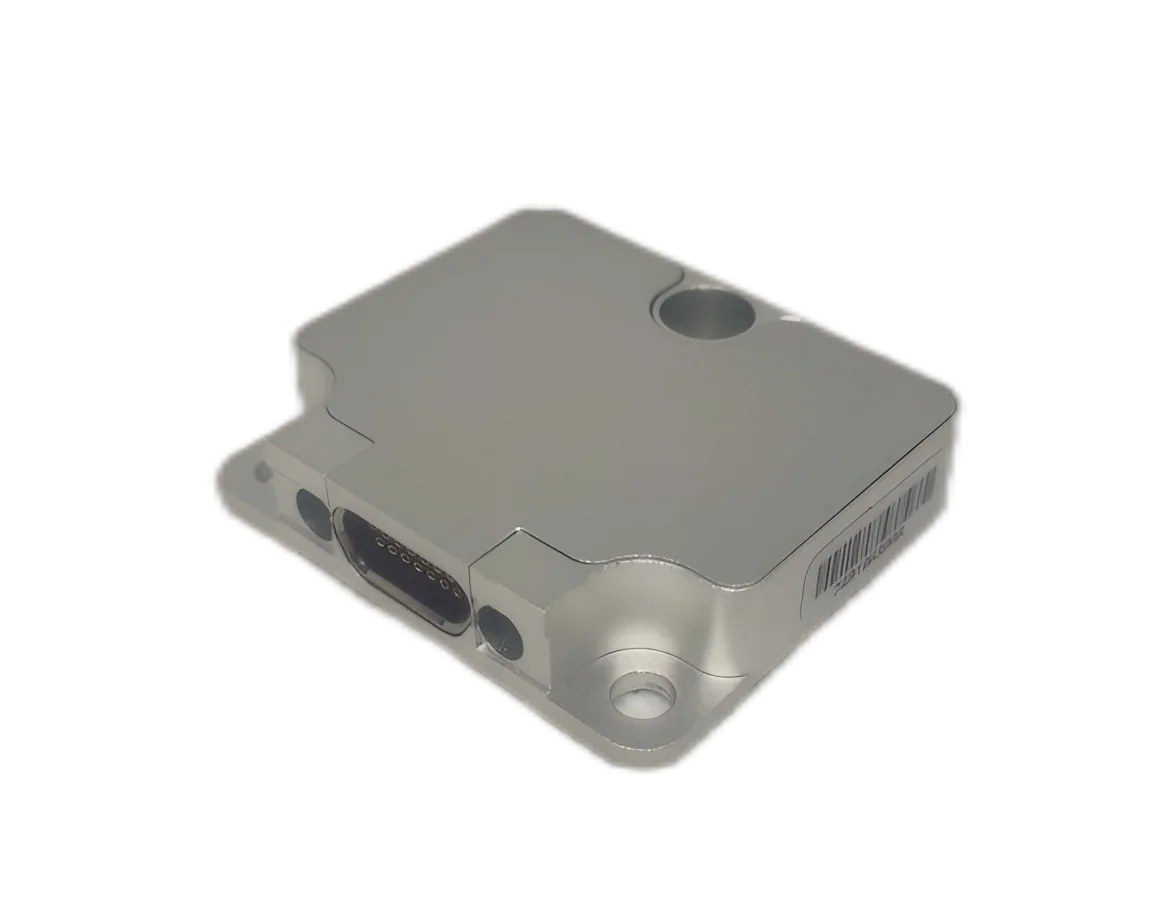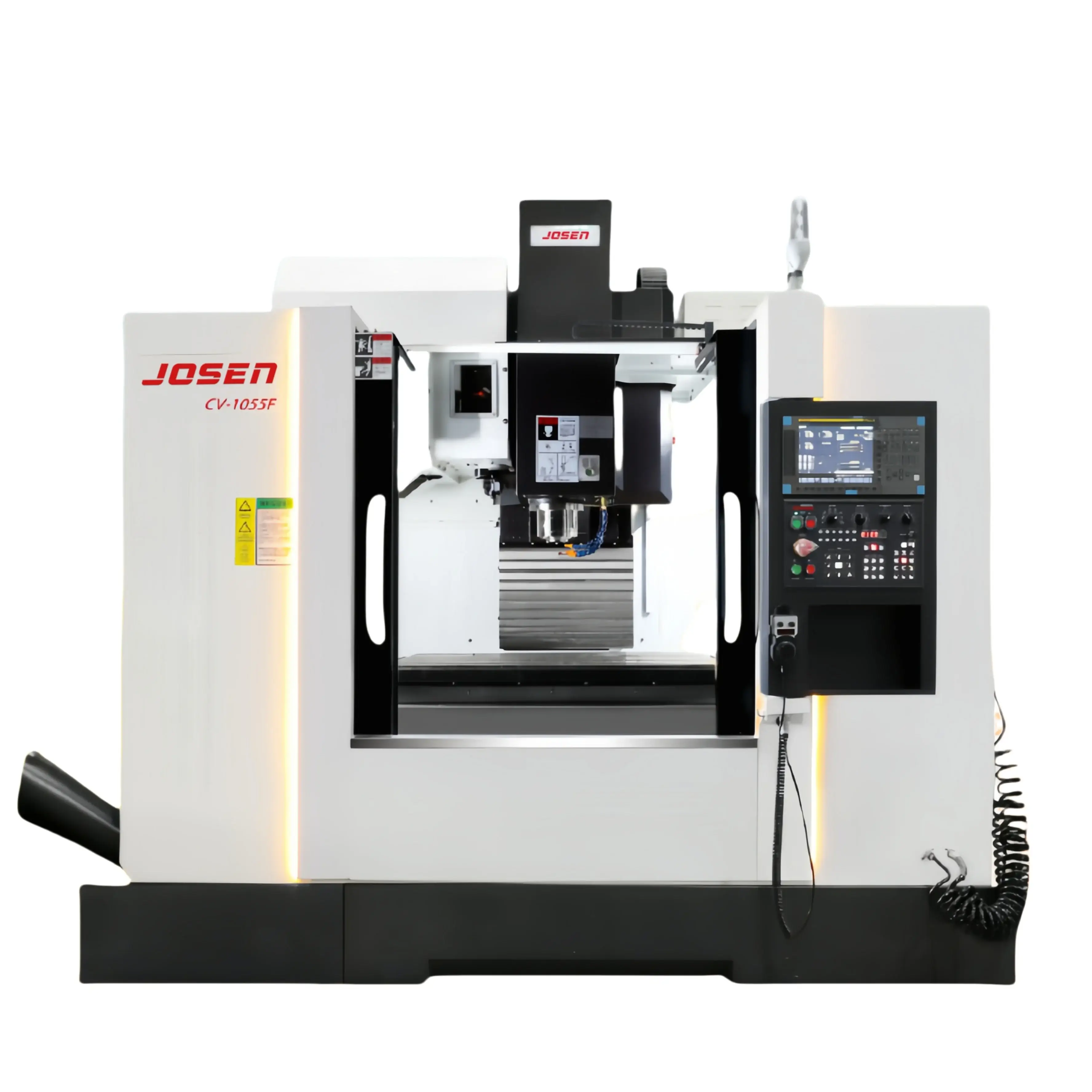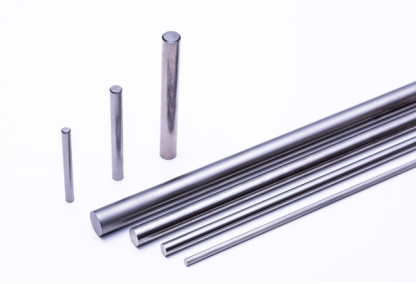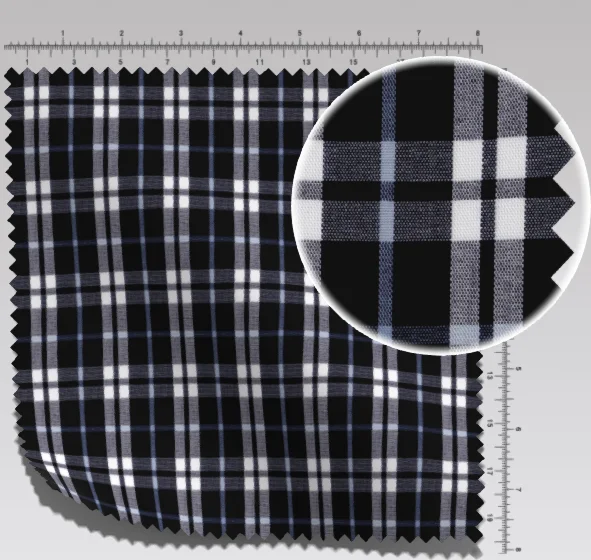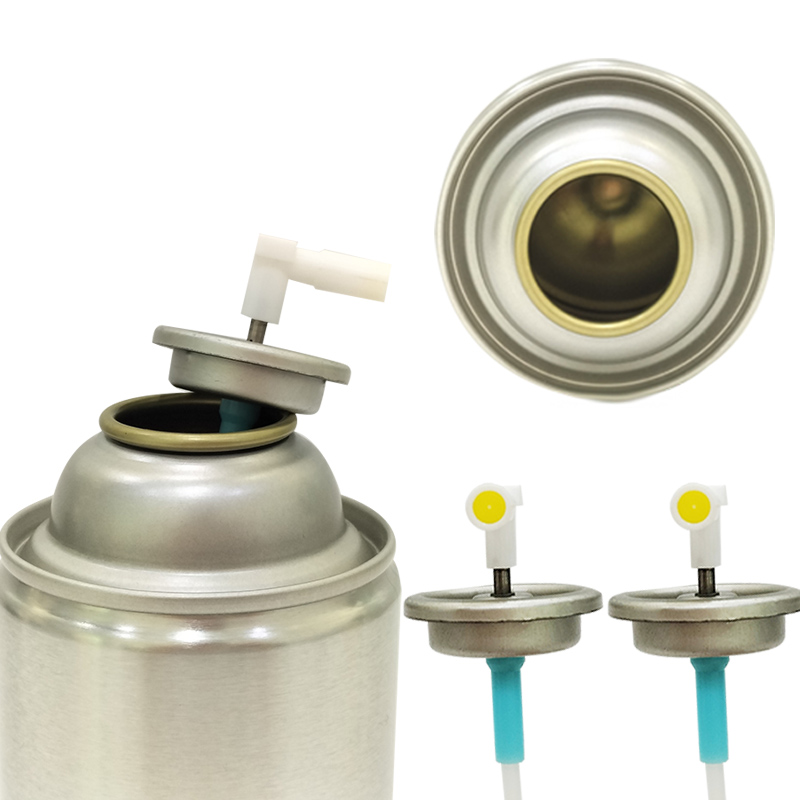Rail Transportation Transmission Gear: Core Technology of Power Transmission

With the acceleration of urbanization, rail transportation has become the backbone of modern transportation systems, providing the public with efficient, convenient, and environmentally friendly travel methods. The stable operation of rail transportation depends on various precision mechanical parts, and transmission gears, as the core components of the power transmission system, directly affect the speed, efficiency, and safety of trains. In this article, Tianshan will deeply analyze the working principles and key technologies of rail transportation transmission gears and highlight their importance in modern rail transportation systems.

Basic Principle of Rail Transportation Transmission Gear
Rail transportation transmission gears transmit power from the driving source (motor or internal combustion engine) to the wheels through the mutual meshing of gear sets, completing the train's drive. The power system of rail transportation requires high-precision and high-strength gears to achieve stable power transmission. The gear system must not only bear the heavy load of the train but also maintain long-term stable operation at high speeds.
Power Transmission and Gear Ratio Selection
The main function of rail transportation transmission gears is to convert the high speed of the motor into the torque required by the wheels, which is usually achieved by adjusting the gear ratio. Gear ratio selection is a crucial aspect of transmission design. A larger gear ratio provides greater output torque and enhances the train's acceleration during startup, while a smaller gear ratio is more suitable for high-speed driving. The gear ratio design in rail transportation must strike a balance between the train's acceleration and speed requirements. For example, subway trains, which frequently start and stop in urban areas, have high torque demands, while high-speed rail requires a highly efficient high-speed transmission system. A well-designed gear system not only improves power transmission efficiency but also reduces the train's energy consumption and wear. The efficiency of transmission gears is typically above 98%, meaning that only a small amount of energy is lost during the transmission process. This high efficiency is crucial for enhancing the overall energy performance of rail transportation.
Gear Meshing Principle and Wear Control
Gear meshing occurs through the mutual contact and rolling of gear tooth surfaces. Involute tooth profiles are commonly used in rail transportation systems due to their advantage in ensuring smooth transmission during meshing while reducing friction and wear. Given the high loads experienced by gears during train operation, wear is inevitable. Controlling gear wear is a key focus in the design of rail transportation transmission gears. Wear is primarily caused by friction between gear contact surfaces and impact under high-load operations. To minimize wear, high-precision machining processes are used in modern gear design, ensuring smooth gear surfaces. Additionally, an efficient lubrication system is vital for reducing wear. Lubricating oil not only reduces direct friction between gears but also lowers the temperature of gear surfaces, thus extending the gear's service life.
Key Technologies of Rail Transportation Transmission Gear
The manufacture of rail transportation transmission gears involves several complex technologies. From material selection to precision machining, each step determines the gear's overall performance. Below are the key technologies that ensure the efficient transmission and long-term stable operation of gears.
High-Strength Materials and Alloy Technology
Rail transportation transmission gears must operate under high loads and in complex environments for extended periods, making material selection critical. High-strength materials increase the wear resistance of gears, improve their fatigue resistance, and extend their service life. Common materials include alloy steel, carburized steel, and high-strength aluminum alloy, all of which offer high hardness and good toughness, ensuring structural stability during frequent power transmission. Advanced metallurgical techniques further enhance the durability of these materials. For example, carburizing steel forms a high-hardness carburized layer on the gear surface, effectively resisting wear and impact, while the gear's interior maintains high toughness to handle varying load demands. Recent advances in materials science have promoted the use of lightweight materials in high-speed rail applications. These lightweight, high-strength materials help reduce the weight of gearboxes, improving the train's overall energy efficiency.
Gear Heat Treatment Process
The heat treatment process is another crucial method for improving the performance of rail transportation transmission gears. Heat treatment alters the internal structure of gear materials, significantly enhancing their hardness and wear resistance. Common heat treatment methods include carburizing, nitriding, quenching, and tempering. Carburizing heats the gear to a high temperature and infuses carbon into the surface, forming a high-hardness carburized layer while retaining internal toughness to handle high-intensity, high-frequency operations. Quenching enhances the gear's fatigue resistance, ensuring it maintains its mechanical properties under long-term high-load conditions. Gears treated with heat are more durable and less prone to fatigue damage caused by cyclic stress. In modern rail transportation, heat-treated gears exhibit significantly extended service lives, ensuring the safe operation of trains.
Precision Machining and Efficient Manufacturing
The machining accuracy of rail transportation transmission gears directly impacts their meshing performance and overall transmission efficiency. To ensure efficient operation, manufacturers employ high-precision CNC machines and advanced machining processes, including CNC gear hobbing, grinding, and honing. These technologies ensure that the gears meet micron-level precision standards, resulting in precise meshing. Modern CNC machining technologies have greatly improved the efficiency and accuracy of gear production, enabling rail transportation gears to operate with minimal vibration and noise at high speeds. Additionally, surface treatment is a key aspect of the machining process, as it reduces friction and wear. Precision machining and surface treatment enhance gear longevity, reduce maintenance costs, and improve the overall reliability of rail transportation systems.
Lubrication and Cooling Technology
Rail transportation transmission gears generate substantial friction and heat during operation, making an effective lubrication and cooling system essential for stable performance. Lubricating oil reduces friction between gear surfaces and dissipates heat, preventing gear failure due to overheating. Rail transportation systems typically use automatic lubrication to ensure that oil is evenly distributed across the gear contact surfaces for optimal lubrication. The cooling system design is equally important, particularly in high-speed rail systems. The rapid operation of gear sets generates considerable heat, which, if not dissipated efficiently, can affect gear performance. Modern rail transportation gearboxes often incorporate air or oil cooling systems. These cooling technologies help maintain a consistent gearbox temperature, ensuring reliable long-term operation.
As the core component of power transmission, the performance of rail transportation transmission gears directly impacts the train's operational efficiency, safety, and passenger comfort. From material selection to precision manufacturing and lubrication systems, each technical element determines the gear's ultimate performance. With the continuous development of rail transportation, ongoing innovations in transmission gear technology have provided strong support for efficient, stable train operation. By optimizing gear design and manufacturing processes, the rail transportation system will continue to evolve toward greater efficiency, energy savings, and environmental sustainability. Transmission gears will play an increasingly critical role in this process, driving further advancements in rail transportation technology.
https://www.tianshangear.com/Gear-used-in-rail-transportation
www.tianshangear.com
Changzhou Tianshan Heavy Industry Machinery Co., Ltd

